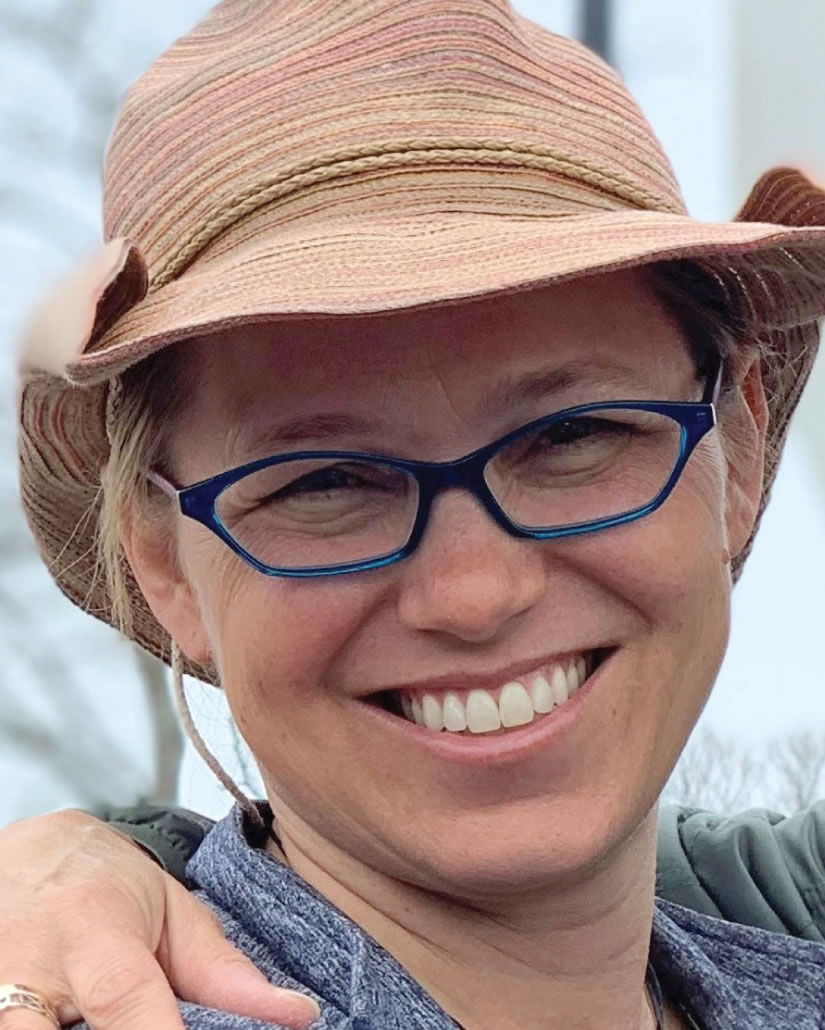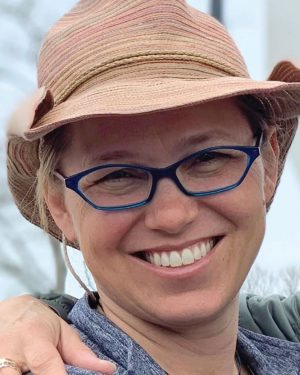BioCycle August 2019
Tatjana (Tanja) Vujic, Director of Biogas Strategy, Duke University
The first time I spoke with Tanja Vujic, Director of Biogas Strategy at Duke University, in May 2018, it was as if we had known each other for years. We clicked on many different levels, not least of which is working to advance anaerobic digestion (AD) and biogas production to reduce methane emissions and generate renewable energy. “I’ve always wondered why we go through all the trouble to drill for new gas when there’s so much gas going to waste on the ground,” says Vujic. “That’s what drives me — seeing what would otherwise be considered waste going to good use.”
What quickly became evident as I got to know Vujic is that she is a Trailblazer, breaking down barriers to help Duke University in Durham, North Carolina, become climate neutral by 2024 as a signatory of the American College and University Presidents’ Climate Commitment. “A significant part of my job is identifying in-state biogas resources to meet Duke’s goal of replacing natural gas supplies with a renewable resource,” she explains. “In the process, we are helping to catalyze a lasting market for renewable natural gas in North Carolina and realize the benefits that come with it.”
Vujic’s trailblazing in the biogas space tracks back to working on the state’s 2007 Swine Farm Environmental Performance Standards Act, which permanently outlawed construction of new lagoons and established environmental performance standards for new and expanded farms. The law also included a methane capture pilot program and money for farmers to install systems that met the law’s standards. In 2009, Duke University hired Vujic to start the Duke Carbon Offsets Initiative (DCOI) with the understanding that swine waste-derived offsets from methane captured from the state’s 9 million-plus hog population would be its highest priority.
“My approach was first to show that North Carolina farms could reduce methane emissions and generate renewable energy while meeting the environmental performance standards,” she recalls. The performance standards have been difficult for farmers to afford but revenue from biogas sales can help. “The Loyd Ray Farms project we initiated resulted from tying the goal of meeting the performance standards together with electricity generation and greenhouse gas (GHG) emissions reductions,” says Vujic, adding that an in-ground AD system made the most sense because it could capture methane that could either be flared (for an offset) or be used for on-farm electricity production.
“Plus most of the components had already been tested, just not put together in one place,” she adds. Duke Energy, which partnered on the project with Duke University, gets credit for the electricity to meet its swine waste set-aside in the North Carolina Renewable Energy and Energy Efficiency Portfolio Standard (REPS), which was also passed in 2007. (The REPS requires the state’s electric utilities to source 0.20% of its electricity from swine waste.) Vujic points out that the farmers benefit from the system because they can expand the farm, while neighbors appreciate reduced odors. Google later joined the project and shared in the offsets.
“Loyd Ray enabled us to evaluate solutions to marry our need for methane reductions with the new REPS to find productive uses for hog manure in the state,” notes Vujic. “Up until that point, a lot of people were speculating whether systems like these could — or could not — work. I wanted to find out what was true, and I wanted to know before approaching farmers so that I would know what I was asking them to get into.” Perseverance and persistence, along with a strong engineering team, research support from the University and seed grants from USDA and the state, led to installation of a covered digester that powers a 65 kW microturbine and an aeration basin for additional water treatment.
“Loyd Ray was the start of mapping out not only how to produce energy and offsets from hog waste, but where to produce it and how to make it more affordable,” says Vujic. By 2013, the Loyd Ray research helped the DCOI and the Nicholas Institute at Duke employ the Optima Biogas Model to ascertain the least cost approaches to meeting the NC REPS swine waste set-aside. “It turned out it made the most economical sense to collect biogas from a cluster of farms, refine it and inject it into natural gas pipelines to fuel large and highly efficient natural gas combined cycle plants,” continues Vujic. Fast forward five years to the Optima KV project, which is the first AD facility in the state to inject conditioned biogas from digested swine manure from multiple farms into the Piedmont pipeline. “If it weren’t for Loyd Ray, I don’t think these other systems would be possible,” she says. “Everyone learned so much about what to do, what not to do, and how to bring the price down.”
These days, in addition to a recent appointment as Assistant Professor of the Practice at the Nicholas School of the Environment at Duke, Vujic is focused on making pipeline injection of renewable natural gas (RNG) easier so that entities like Duke University can be RNG offtakers. “We need a market for RNG just like markets exist for other energy sources so that people will one day be able to simply choose a renewable source for their natural gas,” she notes. “I’m grateful that Duke not only took this effort on over 10 years ago, but that it’s stuck with it. Without this commitment I don’t see how the progress that’s been made — capturing biogas from livestock waste, reducing GHG emissions, and setting the stage to help farmers move to better waste management — would have been possible. Understanding how things work and using that knowledge to break down barriers is part of catalyzing change. Duke’s commitment to getting methane out of the atmosphere is what makes that possible.”
— Nora Goldstein, BioCycle
Continue reading














